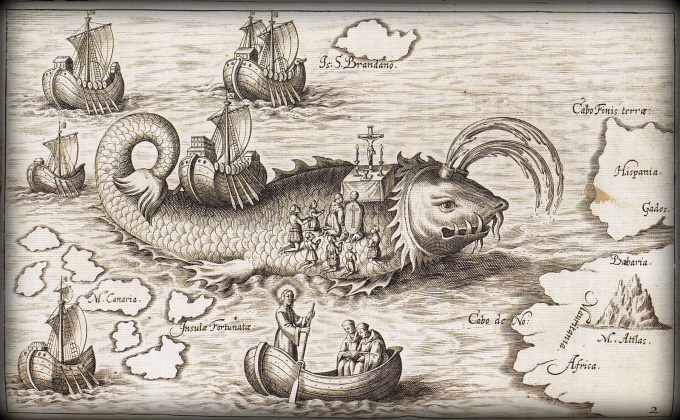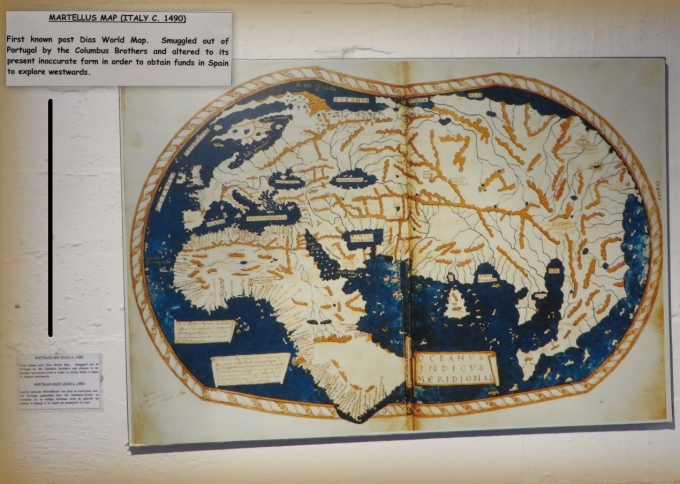First Across the Atlantic
/This is our third crossing of the Atlantic and each time we've crossed, we wondered how the sailors who did it for the first time managed. They didn't have any GPS or chartplotters ... or charts for that matter. Heck, they didn't even have longitude and latitude figured out, yet they set out into the unknown and sailed across a vast ocean not knowing what they'd find on the other side. Not that we always know where we're going, but at least we have a vague idea of what to expect.

In school, we pretty much gave Christopher Columbus and his crew, all the credit for “discovering” America, as if the indigenous folks didn't know it was there. What's more, we learned at the Dias Museum that Chris and his brothers, devious as they were, had actually stolen the Martellus map of 1490 and altered it in order to get funding for their voyage of discovery. Pesky scamps, huh?
History tells us that the Vikings were probably the first Europeans to touch foot in North America. Icelander Leif Eriksson, famous son of the Norseman Erik the Red, explored in the late 10th century, five centuries before Christopher Columbus was stealing maps. My research indicates that Leif actually had knowledge of a Norse explorer, Bjarni Herjolsson who had discovered the mainland of the Americas c.986. The Vikings really got around.
Now here's the surprising one ...
The great Muslim historian and geographer, Abu al-Hasan al-Masudi wrote in 956 of a voyage in 889 from al-Andalus (Muslim Spain). The passage westward lasted for several months and they eventually found a large landmass across the ocean where they traded with the natives, and then returned to Europe. Al-Masudi records this land across the ocean in his famous map and refers to it as “the unknown land”. Sorry, but Muslim history never made into our classrooms.
Okay … enough history. How about some Atlantic crossing trivia?
On 14–15 June 1919, British aviators Alcock and Brown made the first non-stop transatlantic flight. Shortly thereafter, Major George Herbert Scott of the RAF flew the rigid Airship R34, with crew and passengers, from East Fortune, Scotland to Mineola, New York in 1919.
Charles Lindberg in the "Spirit of St. Louis" departed Roosevelt Field, New York, on May 20, 1927 on his successful attempt to fly nonstop from New York City to France, completing the first solo crossing of the Atlantic in 33.5 hours.
The first successful transatlantic flight in a balloon was the Double Eagle II from Presque Isle, Maine, to Miserey, France in 1978.
Nine of Cups will break no records crossing the Atlantic, but we're hoping we manage to get to the other side.




